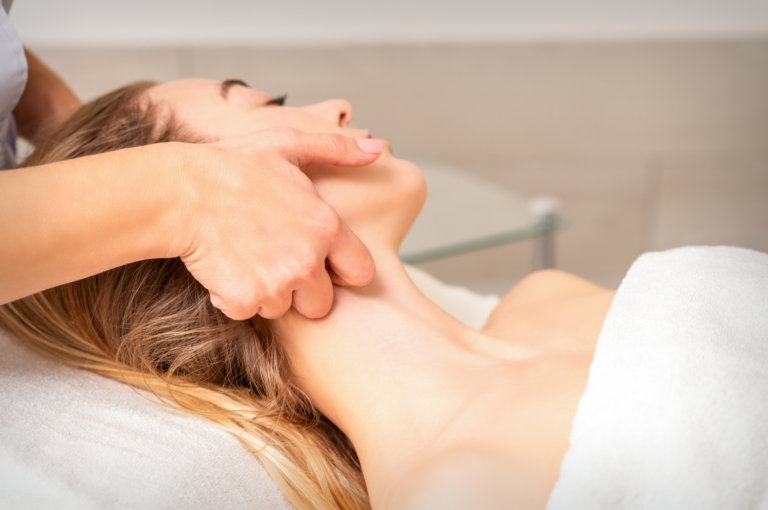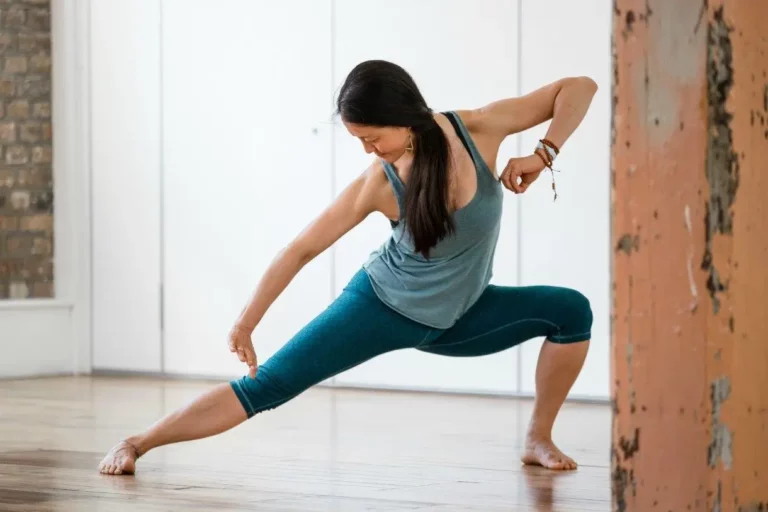The sphinx is a very beautiful posture that is accessible to most people. It is a backbend in which there is a slight compression of the lower spine and there is a stretch of the belly and chest. The sphinx increases the blood circulation around the hips and energises the entire system. Many body workers recommend this pose for lumber spine issues and can be very helpful in alleviating lower back pain. You may put a cushion or a blanket under the hips to soften the pose. Strong sensations may be experienced in the lumber spine. This is not dangerous as long as there is no sharp or electric pain associated with the sensation. Your elbows are in line with or just in front of your shoulders to give you firm support — hands gently clasped or in prayer position.
To come into the pose:
Lie down on your front with your elbows beneath the shoulders. Your upper body lifts while maintaining the forearms on the floor. Relax your gluts and thigh muscles with legs apart if possible. Keep your head lifted and breathe fully and calmly into the pose. Feel the weight of the belly and thighs being supported by the floor. Surrender. Observe your sensations arise and dissolve. Stay in the pose between three to five minutes.
To come out of the pose:
Gently open your elbows and rest your head down on your hands. The whole of the front body is now flat on the floor. Breathe fully into your lower back area, observing the sensations dissolving.
One of the few rules in yin yoga is to come into a forward bend after a backbend. The child posture would be a lovely, simple pose to move into and gently realign the spine.
Pagan teaches yin yoga in Camden on Tuesdays at 16:45, and in Ealing on Thursdays at noon.










